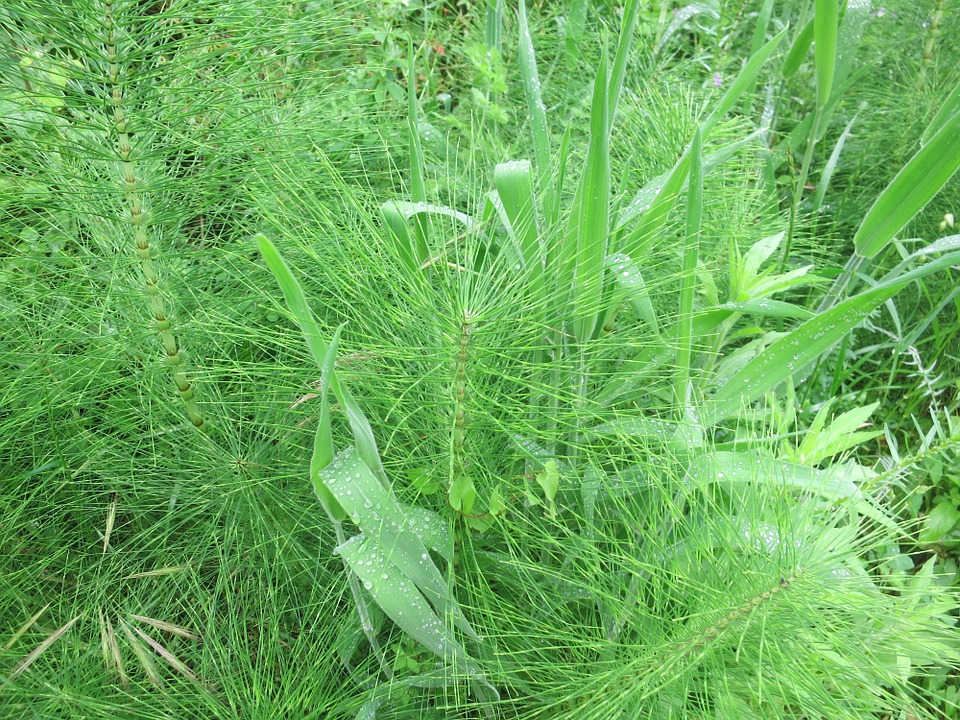
Horsetail is a rustic aquatic plant suitable for the borders of lakes, ponds and easy to grow even in pots as a houseplant.
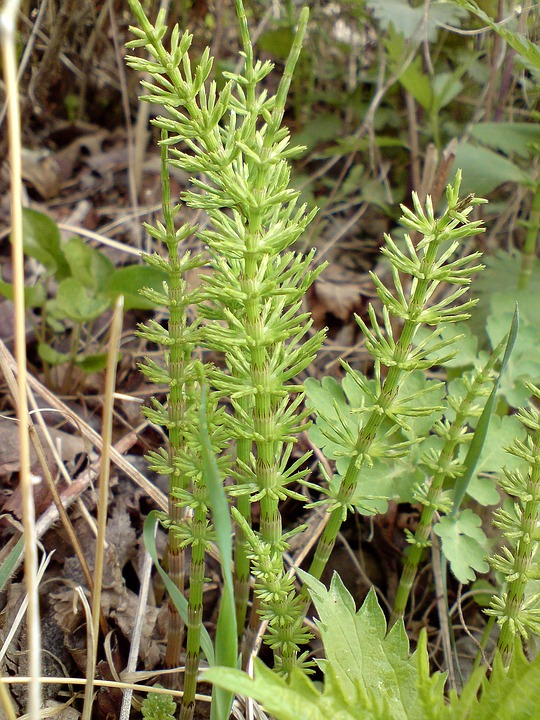
Characteristics Horsetail – Equisetum
They belong to the genus Equisetum different species of vascular plants of the Equisetaceae family, spread spontaneously at different latitudes.
In general thehorsetail is a plant equipped with a sturdy rhizomatous root more than 20 cm long, marble in color with a tuft of dark colored adventitious or secondary roots.
THE rhizomes, fertile and endowed with buds, give rise to underground stoloniferous stems and aerial stems.
Read also: Markets July 2020
The roots they grow very well when submerged about 10 cm from the surface.
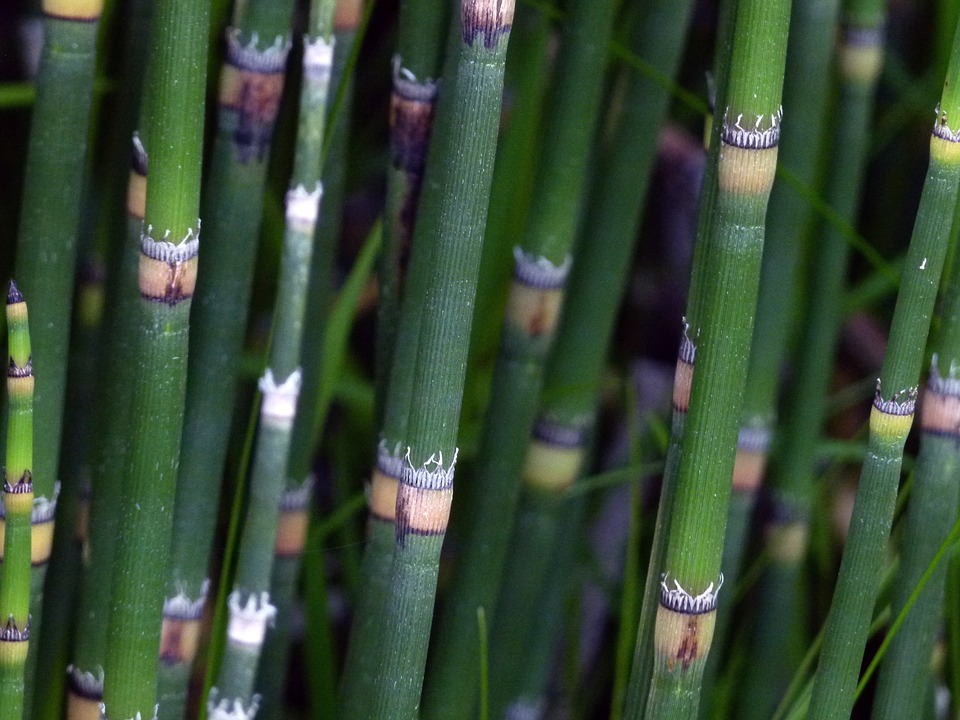
The stems, depending on the species, they are cylindrical, rigid, erect or flexible and of a nice dark green, they are hollow and longitudinally grooved while vertically as in the bamboo, at a distance of about 3 -10 cm, they have cream or blackish rings or knots. The height of the epigeal twigs, always in relation to the species, varies from 20 to 60 cm.
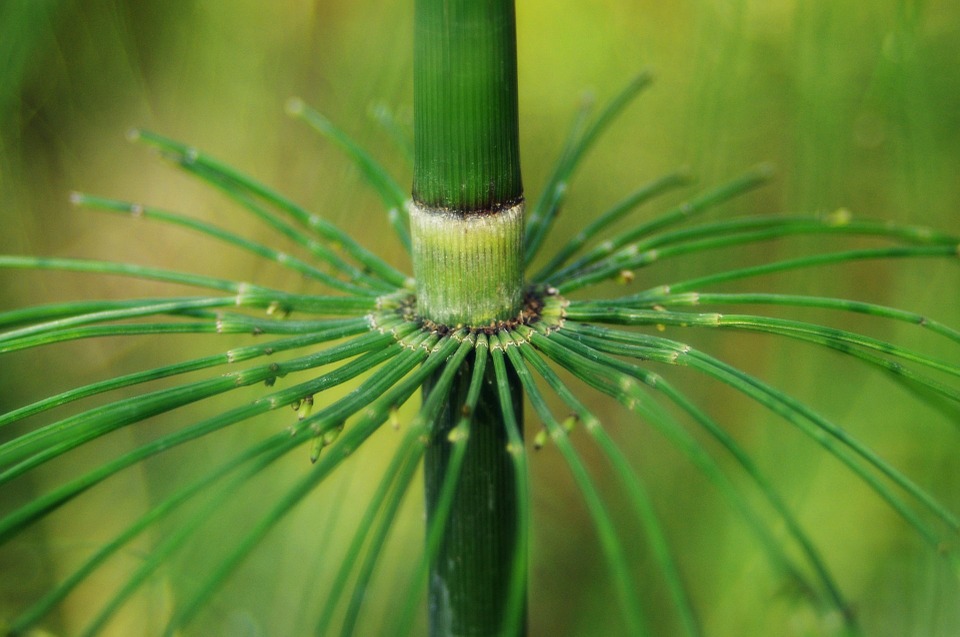
The leaves inserted at the level of the nodes as a collaret, they are thin and lanceolate and, almost always, end with a pointed brownish apex. The leaves of the horsetail are inserted directly on the sheath of the nodes as they have no petiole.
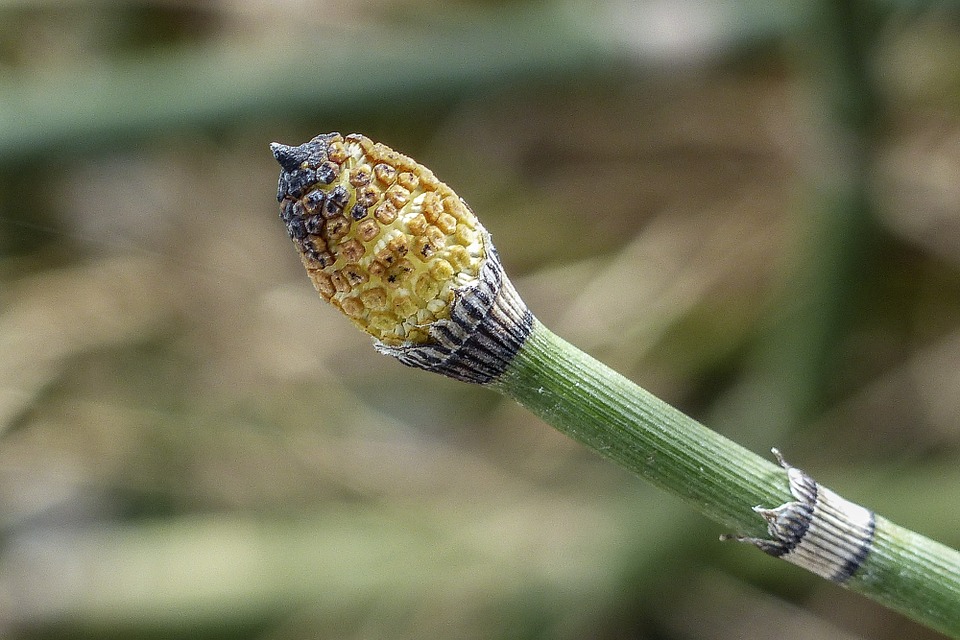
Horsetail does not produce flowers but details inflorescences spikes shaped apicals containing numerous sporangia which release many spores when ripe.
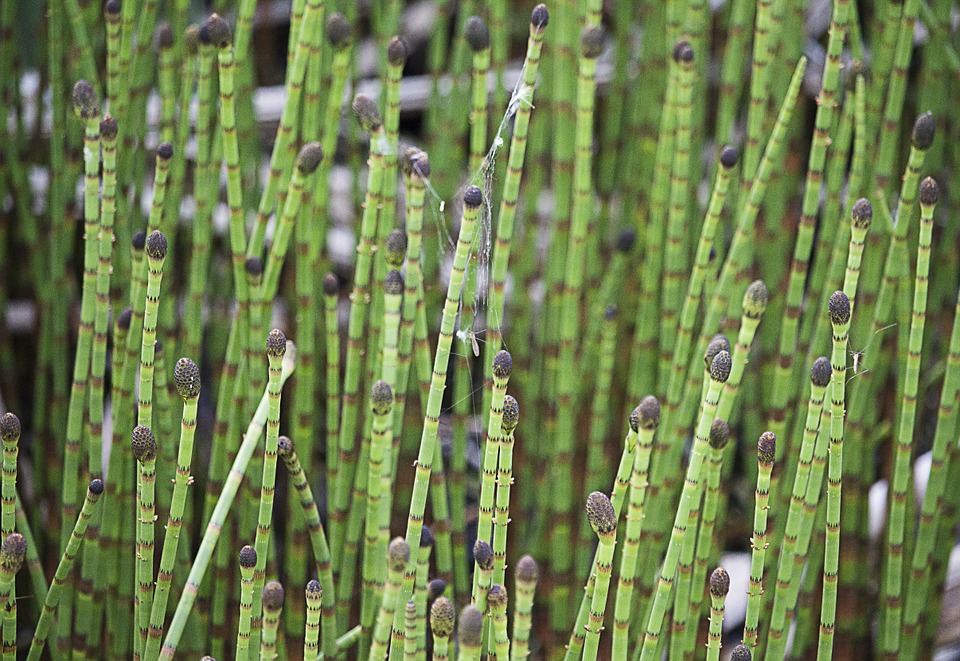
You may be interested in: Water lettuce – Pistia stratootes
Horsetail cultivation
Exposure
Although the plant develops well in partially shaded places, it prefers bright and sunny ones for many hours a day. It tolerates low temperatures quite well, especially winter horsetail, but not freezing winds. If grown as a houseplant, it should be placed in bright places and in pots full of water.
Ground
Horsetail plants grow well in a soft, moist clayey soil with a slightly acidic or neutral pH but often colonize uncultivated soils to become weeds due to their high propagation capacity.
Watering
Horsetail is a very demanding plant of water and therefore should be watered regularly and abundantly. To ensure the right degree of humidity in the soil of plants raised at home, it is advisable to always leave the saucer full of water.
Do you have problems with plants? Join the group
Fertilization
It does not require fertilization but before the vegetative restart it is good to provide a specific fertilizer for aquatic plants once a year.
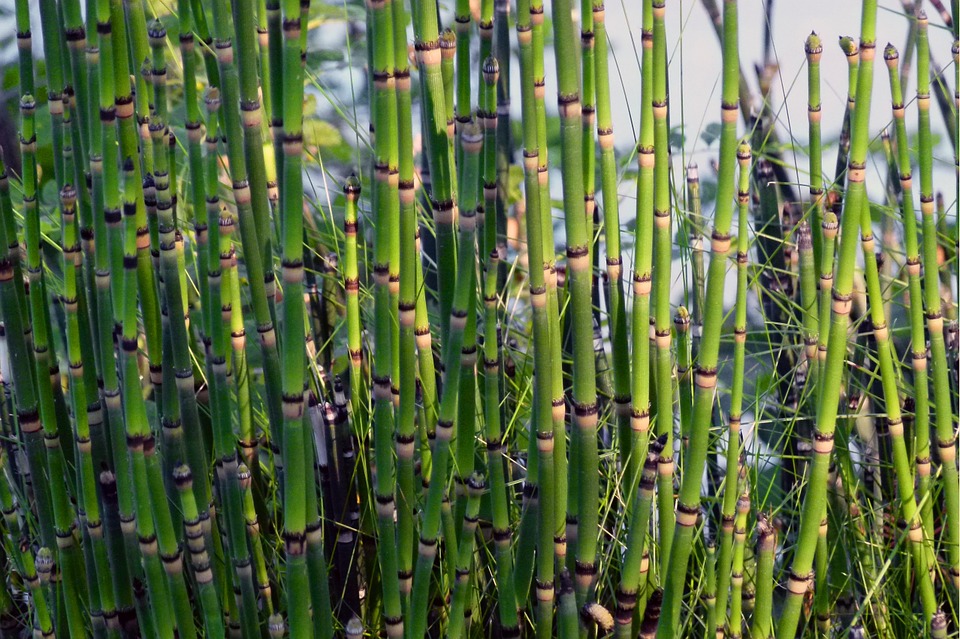
Multiplication Horsetail
Since the horsetail does not produce seeds, such as mushrooms and ferns and other varieties of ornamental and medicinal plants, it propagates naturally through spores and even better, in the spring period through the division of the rhizome.

Multiplication by spores
The spores they are reproductive cells contained within the sporangia suitable structures which in the case of the horsetail are found in the spiked inflorescences carried at the apex of the fertile stems.
When the inflorescences reach full maturity (spring) they open, releasing the spores they contain. Once disseminated, the spores get rid of the capsule that surrounds them and like the seeds they germinate giving life to new plants forming new rhizomatous roots and new stems.
Horsetail multiplication by division of rhizomes
To obtain new plants genetically identical to the mother one, it is sufficient to bring the root system to the day and, using well-sharpened and disinfected shears, divide it into several parts. Each portion with well developed roots and at least one stem, are put to root at about 10 cm deep in a soft and humid substrate. The new plants are then reared like the adult plants.
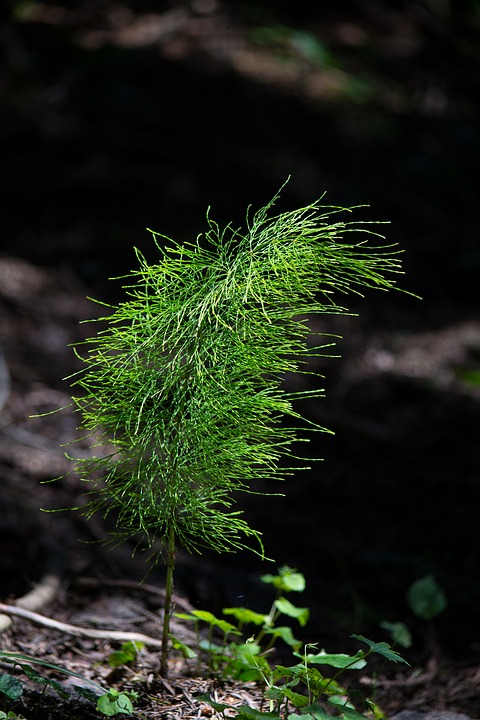
Planting or planting of the Horsetail
The plant can be planted all year round even if the best time is spring or autumn. The rhizomes should be planted in deep, humid and about twice their size wide holes. In a short time the root will produce new plants initially composed of a central stem or stem covered with very thin branches of intense green color.
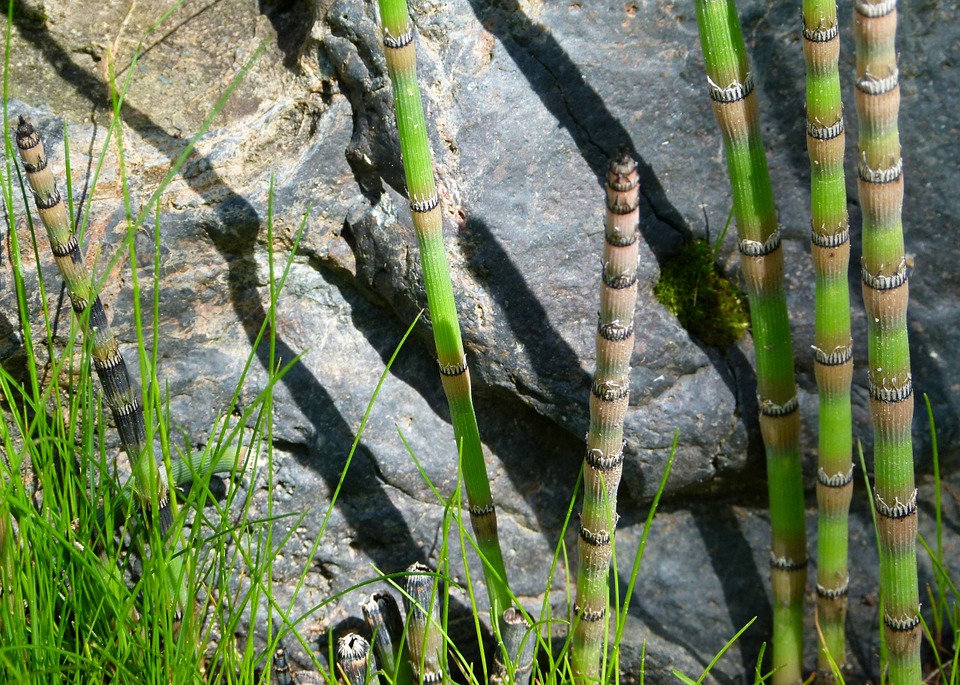
Horsetail pruning
The plant should not be pruned but, in spring, the tufts must still be cleaned and generally the old stems and those damaged by the cold are cut off at the base.
Pests and diseases Horsetail
It is a plant resistant to attacks by common parasites such as aphids and cochineal and to fungal diseases such as powdery mildew or white sickness.
Care
Horsetail plants grown in areas characterized by a very cold climate, in winter must be transferred to tubs and placed in a protected place.

Variety of Horsetail
Among the many rustic and less rustic species we remember the most widespread and best known.
Equisetum arvensis
Commonly called ponytail or pony tail a species that, like ferns, does not produce flowers or even seeds and propagates through spores particular vegetable reproductive cells covered with an external capsule that protects them from adverse climatic conditions.
Equisetum ramosissimum
A rustic species widespread throughout the Italian territory especially in Sicily, about 1 meter high, with rhizomatous root, irregularly branchy stem, green or variegated black sheaths towards the apex and brownish spikes about 1 cm long.
Equisetum hyemale
Called horsetail in winter for its resistance to cold, fungal diseases and parasites and an easy species to grow both in open ground and in pots. It is a plant with cylindrical stems deeply furrowed, erect, more than 1 meter high and of a bright green color and which produces apical spikes of a deep yellow color. At the end of autumn the plant dries up and then resumes its vegetative cycle in early spring.
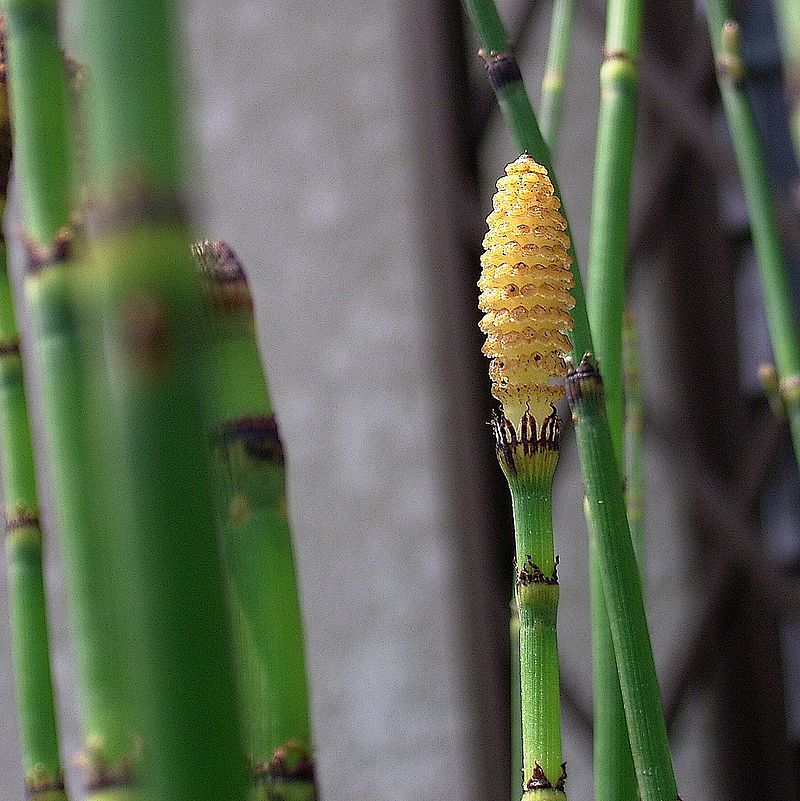
Horsetail scirpoides
A variety suitable for pond borders, about 2 cm tall. It has thin stems, similar to straws, whose green color contrasts with the black of the bands. In summer, between July – August, it produces an oval ear.

Use horsetail
Horsetails, and in particular the very common Equisetum arvensis, are used for their high content of Silicon (Si) as a revitalizing agent for weakened plants that struggle to produce new shoots. Effective against aphids and spider mites and other animal parasites is the horsetail pesticide, a biological, non-polluting and non-toxic pesticide for beneficial insects obtained from the maceration of the twigs.
Curiosity
The drums ofhorsetail in winter, rigid and resistant, in ancient times they were used as abrasives to smooth and polish wooden and metal objects.
The Italian name of the horsetail horsetail comes from the Latin equus = horse and silk = horsehair, in reference to its thin branches that look like horse hair.
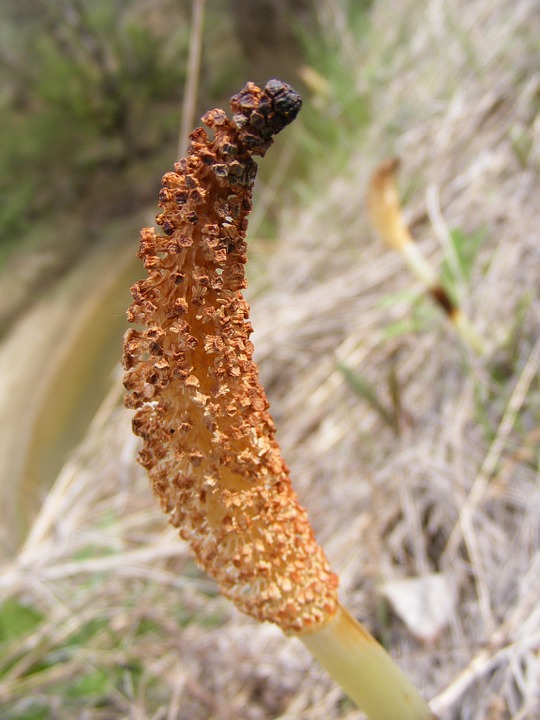
Properties of the horsetail
Among the approximately 30 varieties of horsetail known only one, the arvense horsetail, is also used for phytotherapeutic purposes for internal use for the treatment of inflammation of the oral cavity, tonsillitis, for the treatment of acne, cold sores and other diseases thanks to its beneficial astringent, diuretic, anti-inflammatory, antibacterial, antimicrobial and antioxidant properties have been known since ancient times.
Curiosity
Horsetail is a very ancient plant, according to some botanical experts it appeared on Earth about 350 million years ago and for this reason it is considered a living fossil.

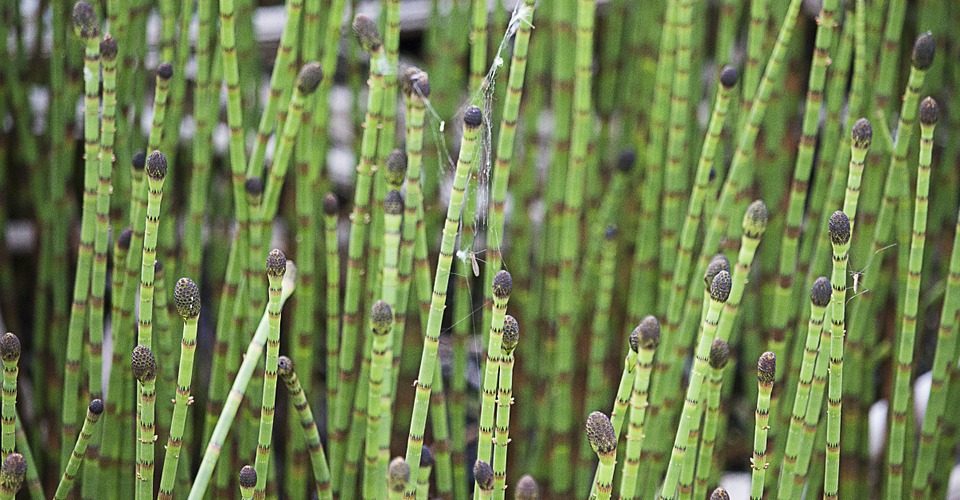

Add comment